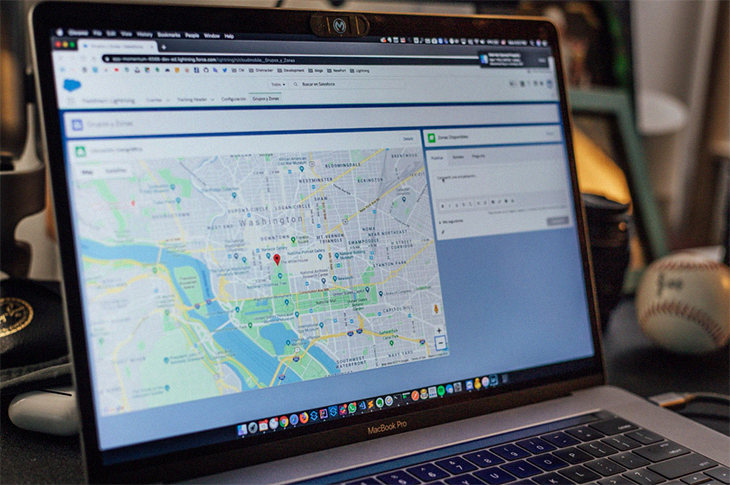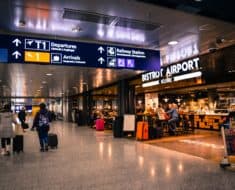
Unsplash
The journey to the destination might be rougher than you thought, especially when you have not been there often. Thankfully, route planners exist to help everyone plan their routes efficiently to save money and time.
However, do you know how these route planning apps work? If you are curious, here are some insights into the components of a route planner.
Four Considerations in Route Planning
The main goal of route planners is to bring in as much benefit as possible while only exerting minimal effort and money. In short, route planners should bring in more advantages from utilizing limited resources. To achieve that, here are four factors that you should keep in mind when planning a route.
1. Vehicles
Of course, you will not be able to deliver your products or services without any mode of transport. The type of vehicle used is critical, especially if you want to decrease travel time. Also, no one surely wants to walk a thousand miles to deliver each parcel every day.
2. Supply chain management
This has four elements: supply chain integration, operations, purchasing, and distribution. These four elements work together to ensure that the tasks or deliverables that needs to be implemented and delivered daily are accomplished. A supply chain management organizes and ensures that all materials are ready for delivery.
3. Limitations
You do not live in a utopia. You have to consider the limitations that can hinder the delivery service. The capacity of the vehicle or time constraints can significantly affect the number of parcels that your drivers can deliver every day.
4. Cost calculations
Per every delivery, there are distance and fuel costs that need to be considered when planning routes. By identifying and comparing both, you will recognize the most practical way to take. This will save you more resources spent on each delivery.
4 Factors that can Affect a Route
Here are some factors you’ll need to consider when planning a route that isn’t often taken into account by route planners.
1. Vehicle capacity
Avoid overloading your vehicle. When the vehicle capacity is exceeded, you risk damaging the car, slowing it down on the road, and worse, hitting another vehicle.
2. Window times
There can be delays on the road, so you need to include this to mitigate their effects on delivery time. You don’t want your customers waiting for too long.
3. Extra activities
Aside from delivering parcels, some need to receive deliverables for continuous shipment. Take these into account as it may cause some delay in the travel time.
4. Maximum travel and vehicle time
Some companies impose maximum travel times and distances. If you are one of those, make sure to integrate it into your reroute plans to make sure that your employees will not exceed it. This is also done for working or courier hours.
Route planners are incredibly beneficial, especially when you are always on the road. Whether it is for leisure or business, route planners can help you reduce the navigation time and the costs. Route planners are great investments to ensure an efficient and safe journey.









































